Osheshnik or Leschina wants to meet every person as soon as he gets into the forest. This plant has a rich history and scope. It is believed that if during a thunderstorm to hide under this tree, then you can avoid the impact of lightning, and if you always carry a peer of Oshness with me, he will scare the evil spirits. The fruits of nuts are helpful and tasty. It is possible to grow yourself this tree in your summer. You need to know how to put a feather face and how to care for him.
Slavs are a very superstitious people. Since ancient times, such beliefs have gone that if during a thunderstorm to hide under the tree of hazel in the forest or shut down several walnut twisters for the belt, then zipper will go through this place. And people still sacred believed that the bars were able to scare out unclean power. They wore a little twist with them to dare evil and drive the snake in the forest.
They laid out the branches of the hazel and in the barn, where the grain reserves were kept for the winter - the mice do not like this tree and try to bypass it. Therefore, in the granaries, there were never mice, and therefore reserves were in complete safety.
South Slavs have such a belief: what if on a Christian holiday a trinity to go to the forest and find a hazelnik, then you can try to talk with the spirits of dead relatives who descend from heaven on this day on the subtle branches of Oshness, and then return. But these are all only legends, we will talk about the benefits of singing on, while we learn how to plant this tree on your summer cottage.
What does a hazel look like?
This tree refers to the birch family. The plant in coniferous and mixed forests lives. Most often there are small shrubs. The leaves of the nuts are round and large, the form is interesting, resembles a trash fish torso.
Interestingly, but the flowers of this plant same-sex, male are formed together: these are thick earrings that grow on short branches. They develop in the autumn period and calmly carry wintering so that with the onset of heat to have time to disperse even before the appearance of the first leaves.
Women's flowers can be distinguished from male in such a sign: they are going to the kidneys and "sit" in pairs in bracts (in their sinuses). Women's flowers can still be distinguished by a weakly dismissed perianth and the bottom wound with one seed dip in each nest. Due to the fact that one egg does not develop, it turns out that the fruit is a busty spindler or nut. Each nut "dressed" in the plus (small "skirt" or an outcropped cover), which occurred from the predominates of female colors.
The period of flowering of the flaw is the beginning of March. At this time, inflorescences are actively forming, and pollen is spread over the wind.
Leschin. Photo:
At the end of the summer, that is, in the last week of August and in September, you can proceed to the harvest. Rarely, but it happens that at the end of July you can see some shrubs with matured fruits. The yield is average, from 40 to 500 kilograms per 1 hectare. It is noteworthy that this tree is fruitful every year, but not so actively. It turns out that this year you can collect a large harvest of the flavory, the next year - half less, and nothing in a year - and nothing at all. But this is not natural, it all depends on the place of growing shrub and climate.
If you are not completely harvesting, the nuts fall on the ground, and the next year with the onset of spring begin to germinate. Only 5 years later, it can be hoped that the seedlings will delight the first harvest. Natural reproduction of this plant: Vegetative, that is, the plant throws the root offspring, which rapidly grow.
Leschina refers to long-livers: the average life expectancy of 60 to 80 years. There were cases that the age of hazel reached the age-old mark.
Favorable soils for the cultivation of the flavory: it is a forest-steppe and steppes, as well as coniferous forests or mixed (broadcard). In the mixed broadst forest, look for the leaching in the undergrowth, but only in those places where there is no strong shading.
By the way, cutting, fires and edges are the favorite habitats of the habitat.
The soil for the cultivation of this shrub should be rich in humus with high lime content. Suspies and wet loams are also suitable (within the norm).
Where better to plant a nut
How to choose a right place for landing? This plant loves freedom and a lot of light, so if there is enough space on the site, then it is best to land the slash on a well-lit plot. It will be good to grow wood on any soils. The only thing that does not like the hazelnut is too saline, wetlands and sandy areas. Well, if the soil is loose and weakly acidic, and even better - neutral (pH level from 5.8 to 6.5).
Before boarding, check the level of groundwater occurrence, the optimum mark is not higher than 1.5 m. Choose such a place so that the spring floods are not flooded with the spring flooding.
You need to adhere to these recommendations, otherwise the plant will bloom early and may die due to spring frosts.
Landing of flakes and care:
- Optimal time for landing: autumn, from September to October.
- You can land the flash and early spring, after the soil begins to puzzle. The landing period is up to the last numbers of April.
- The distance between the seedlings must be considered, since you go 1 time and at least 50-60 years. As the seedlings grow, they will begin to grow, so the optimal distance between the trees is at least 5 m.
- If you want to plant several rows of trees, then between rows observe the distance: also 5 or even 6 m.
- Most novice daches disembark only 1 seedling, not even guessing that alone the plant would not be fruit. To collect a good crop, it is necessary that the site was at least 3 buns of the slash. Moreover, it must be a mutter mutual.
- If you set the goal to lay a large Oshness garden (at least 10 rows), then to support and improve cross-pollination, it is necessary to plant a wild leisure.
Landing of the flask:
- first you need to purchase a hazelnut seedlings and dig into the forest several young wildlife trees;
- now actually the preparation of the pit under the landing: dig up a shovel of the pit, sizes 70x70 cm. Depth is also 70 cm, and the pit must be prepared in advance. If you are gathered to put the flasher in the spring, then the pits need to dig away from autumn or at least 1.5 months before the expected landing date;
- in each pit, make a nutrient mixture: it can be humid and superphosphates. It is best to prepare such a mixture: take 10 kg. Pouring, add 200 g of superphosphate (double) and 70 g of potassium sulfate. All components are thoroughly mixed, and then add to each hole and distribute it from the ground;
- it is possible to facilitate the task and not to mess with the components, you need to introduce 100 g. Fertilizers (universal yum (organizerial));
- in the middle of each prepared pit make a small hill (the term at the gardeners "landing elevation");
- prepare in advance manure to handle the roots of each seedling. Make a hole-clay bolt to dip in the root mix;
- now the roots are processed on the surface of the Holloch, and then simply sprinkle a fertilous land and compact;
- the root neck must be located at the level of Earth or perform, but not more than 3 cm above the Earth;
- around each bustle it is necessary to make a well and pour 1 bucket of water;
- perform mulching. Singles are suitable as a mulch, only dry, or grass can be used peat;
- after landing, the above-ground part of each seedling must be cut off from the surface of the Earth by 20 cm, and then insert the supporting pegs and tie every seedling.
After landing, the young people must be poured in a timely manner, feed and water, as well as process from pests.
From time to time it is necessary to loosen the soil in the rolling collar of each plant, weeds need to be destroyed. Watering - only in the dry time of the year, 10 liters of water into each well. It is especially important that the leschie gets more moisture in the middle of summer.
Composite is allowed from the feeding, 4 kg by each sapling. For the year you can feed the flashere in no more than 3 times.
Self-shatter spokesit on navitra and urea feeding (no more than 100 g for each bush) in spring and summer.
The main sand pest is walnut. He infects nuts with larvae, as a result of which they become worm. The females of the weevil are capable of sprinkling young nuts to postpone eggs there. The larvae feed on the soft pulp of fruits. It is simply necessary to fight with a weevil: to process the plant in May and in mid-June (when the female lays eggs) by the drugs "Angio" or "Aktar".
Another pest of the hazelnut - Usach. His larvae is justified inside young shoots, and this leads to their death. The affected branches must be trimmed and immediately burn.
Puffy dew can also attack this plant. If the album is strongly amazed, the processing of fungicidal compositions is necessary.
Growing lechchina
Immediately after landing in the spring period, it is necessary to ensure that the plants are not under the scorching rays of the sun. Sharing is necessary.
Pruning is also very important immediately after landing, this will allow to adjust the growth of shrub, further development and fruiting.
So, to increase yields, with trimming, you can achieve a lot, for example, to delay or approximate flowering time and, accordingly, the ripening of fruits.
Pruning is done equally - you need to make it so that the crown is sparse, to maximize access light and air. As a result, trimming can also be adjusted and the growth of new twigs with the kidneys, on which the fruits are formed.
In the short trimming, you need to shorten shoots and cut the top kidney. If this is not done, then the top kidneys will dissolve before the deadline, and this negatively affects the growth of plants (loss of moisture, draining). Pruning will allow the plant growth for several days. It is believed that if a seedling has a lot of thin roots, then the branches can be boldly trimmed, the plant will take root faster, forming a powerful root system.
How to properly carry out: It is necessary to remove all unnecessary, dry and weak branches, as well as the frozen, broken and those that thicken the crown (height inside). Every 25 years need to pruning the flaw in order to rejuvenate the plant.
When thinning it is very important that the plants do not remain a hemp. Each place of the cut must be processed by a healing solution, you can buy in the Garden War store or shock the wound paint on an oil basis.
It is grown by a lounge with a shrub or a tree, depending on this, different methods of pruning plants are used. If the task is to form a tree, then you need to resort to severe cutting of the branches. This method allows you to simplify the care of the plant and collect a high harvest without effort. The height of the strain is 40 cm, plus 7 strong branches (first order) to give the wood shape of the cup. Trimming is performed at the end of flowering.
At the age of 5 years after landing, you can only shorten the main branches (conductors) half. The height of the young tree is 2.5 m, shortening is allowed only if the side branches (up to 4 kidneys) are strongly driving.
The height of the adult tree reaches 2.5-3 m with 15 branches. If you see that lateral weak sprigs with many flowers (female and men's) are formed on the plant, then it is not necessary to crop them, you only need to remove those that interfere with access light.
Remember that the strongest inflorescences choose strong shoots. Therefore, it is necessary to make a "soup" to improve fruiting. At the age of 7 at the end of August, you need to tilt the side branches on half and leave them in lowrage. Such a method will allow to strengthen air access to crown to enable kidney aging with fruits. You can even shorten these side shoots by 5 cm.
Harvesting
Now you know how to grow the flash. There is nothing complicated in this. Next, we will look at how to collect a harvest.
The period of ripening of the flaw is the end of summer and the beginning of the autumn. These months will show, whether it is time to collect a harvest or you still need to wait (everything will depend on climate). Look at the nuts and the so-called "wrapper": if you see that she is yellowed or become a buroy, and the fruit gets easily, then it's time to collect a crop.
In the photo: The young fruits of the flavory.
Nuts are easy to remove manually, but simply shake the bush. The remaining fruits can be removed directly from the bush.
Nuts need to be decomposed on a flat surface in a well-ventilated room so that they sound. You need to lay out the harvest in 1 layer. Drying on the street is allowed right in the sun.
After the nuts are dried, they must be released from the wrapper and leave even drying. After that, the harvest assembled is stored in a dry place (put in linen bags). Shelf life: 2 years.
Area scope
Leschina is a useful and tasty treat, which can be simply so, in the raw form, you can fry nuts or dried. If we grind the fruits of the flavory, then you can make coffee, cream and even oil from the resulting raw materials, and send to the manufacture of halva.
The main scope of fruit is cooking. Put chopped nuts in baking, candy and pastries. The taste of the flaw is specific: gentle and fragrant, as the taste of almonds.
From nuts also receive valuable oil, which is used for the production of cream, soap and even candles.
By the way, not only the fruits of the flavory are popular, you can use even young leaves of the plant to make cabbage rolls or dry leaves and brew instead of tea. Some cookies add a few young leaves of the flash in the soup to enrich his taste.
Wood of this plant is valuable raw materials in the production of natural coal for drawing and to filter water. In addition, furniture is made of white wood furniture, and braided products (decorations, baskets), rods and more from the vine.
More information about landing and growing the flavion can be found from this video. Footage:

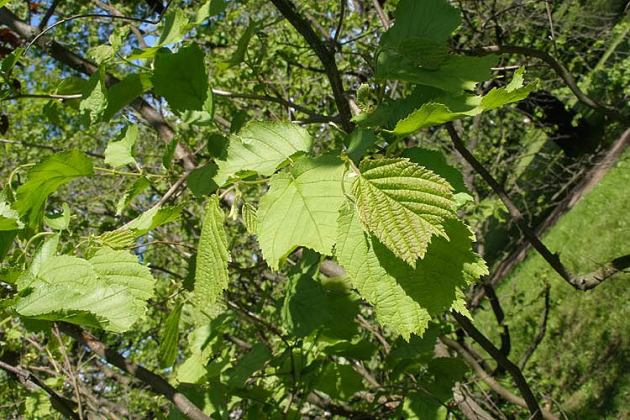
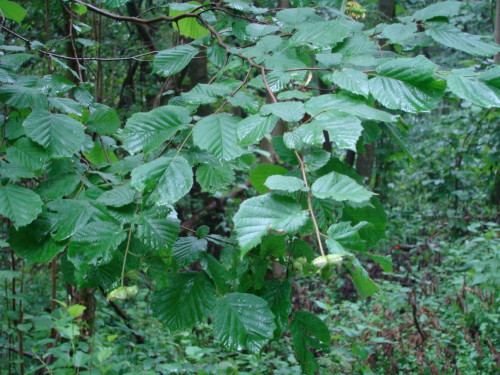
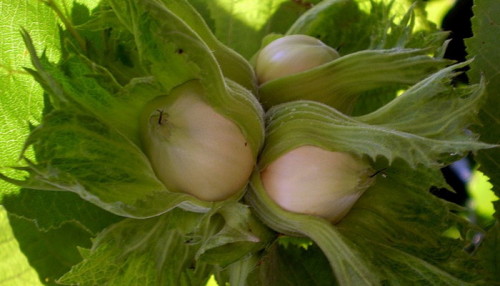
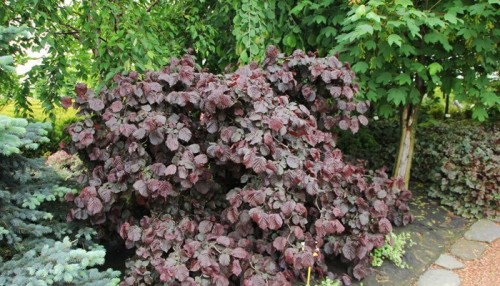
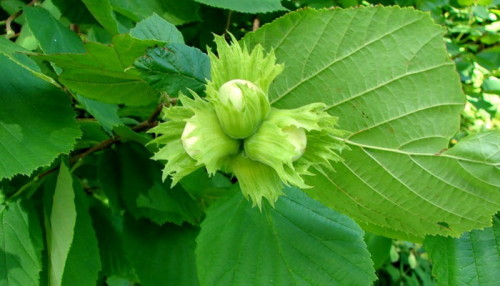
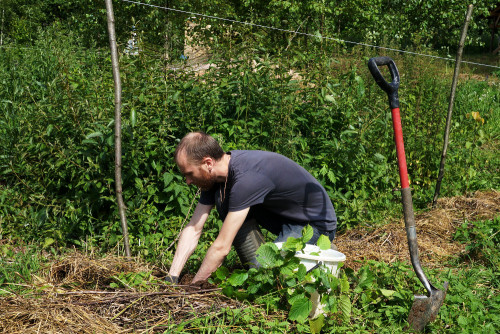
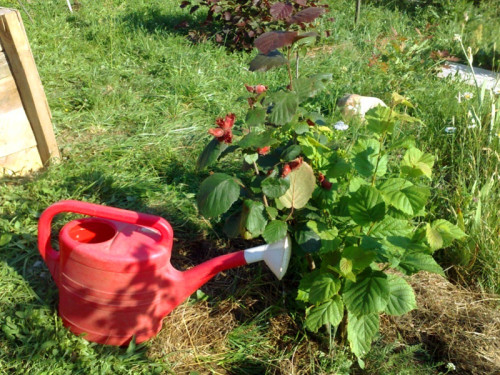
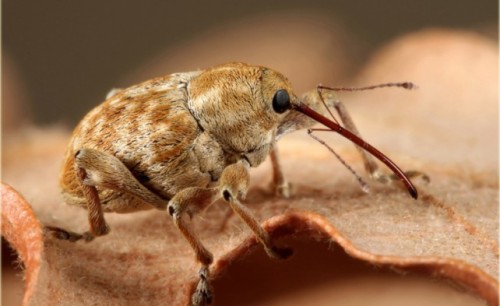
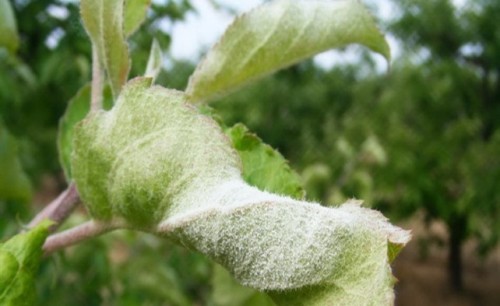
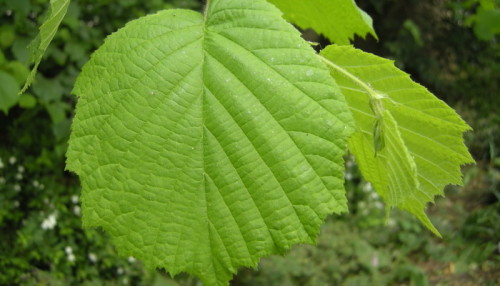
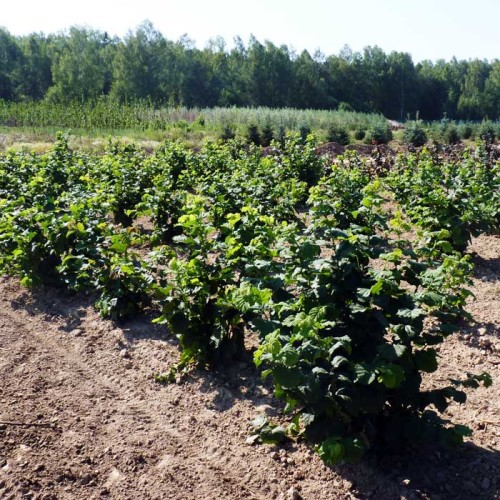
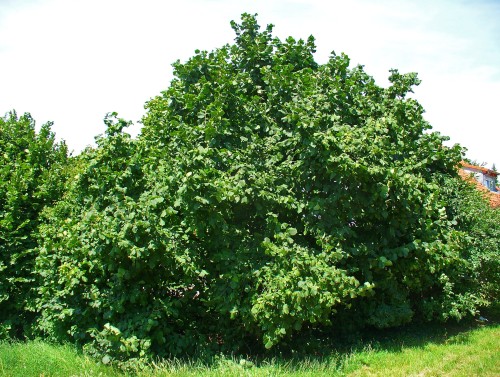
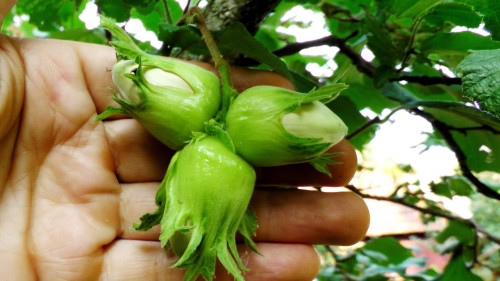
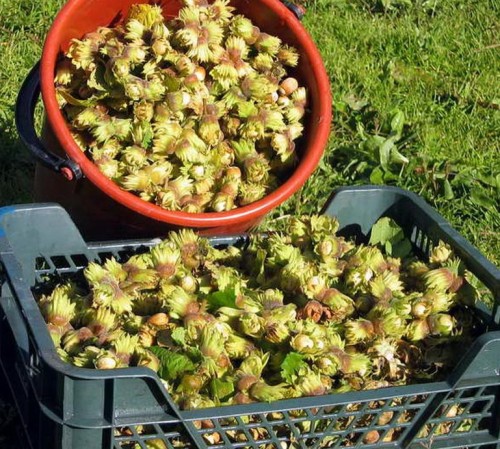












 Start a discussion ...
Start a discussion ...